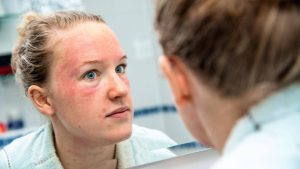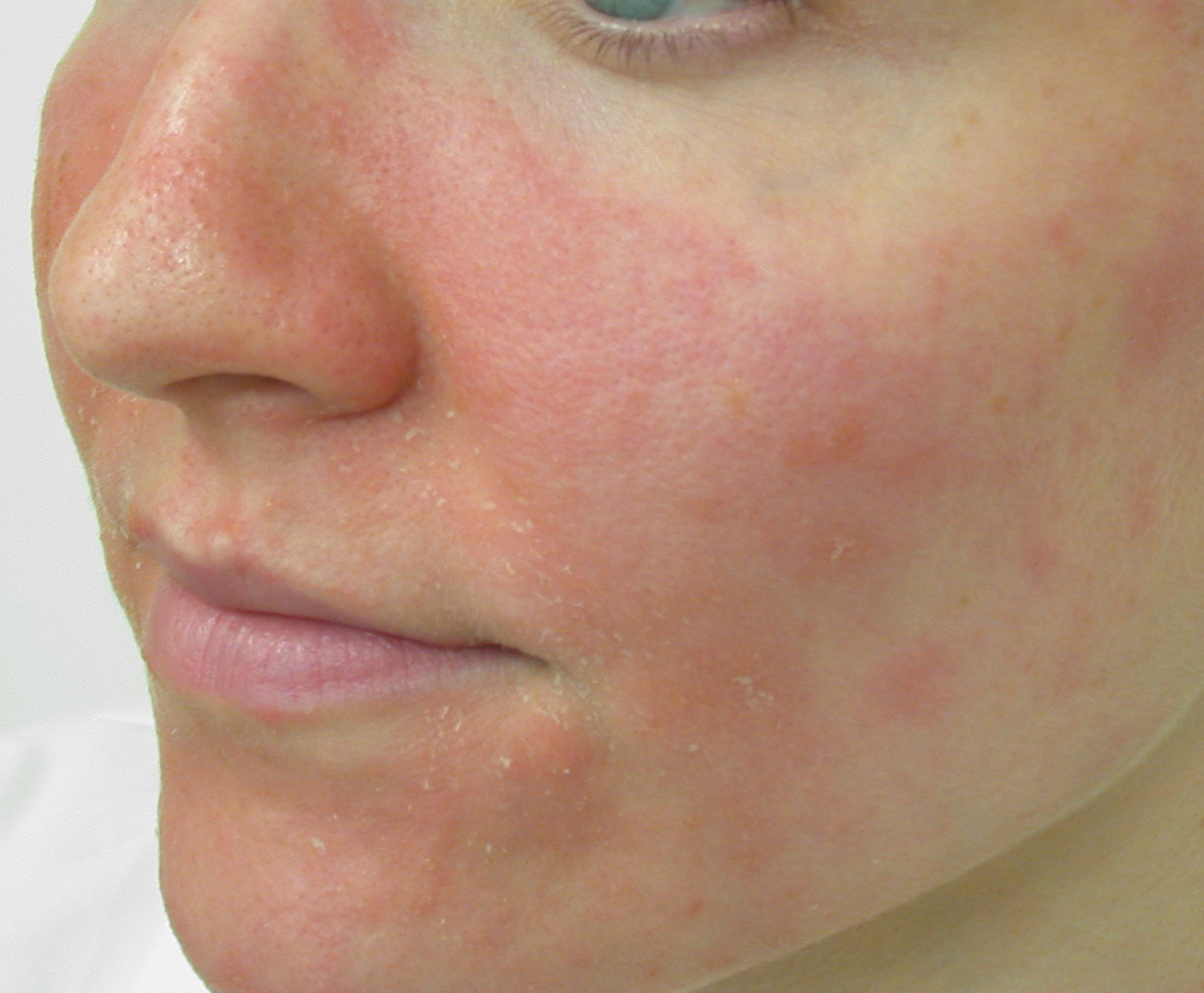Perioral dermatitis is a common skin condition characterized by redness, irritation, and small bumps around the mouth area. While it can be uncomfortable and unsightly, understanding its signs, treatment options, and prevention methods can help manage and alleviate its symptoms effectively.
Understanding Perioral Dermatitis
Perioral dermatitis typically appears as a rash around the mouth, although it can also affect the nose, eyes, and forehead. The exact cause of perioral dermatitis is unknown, but it is believed to be related to factors such as:
1. Skin Irritants
Certain skincare products, cosmetics, and even toothpaste containing ingredients like sodium lauryl sulfate or fluoride can trigger perioral dermatitis in susceptible individuals.
2. Steroid Creams
Long-term use of topical steroid creams on the face can lead to perioral dermatitis. While these creams may initially improve symptoms, they can worsen the condition over time.
3. Hormonal Factors
Hormonal changes, such as those occurring during puberty, pregnancy, or while taking oral contraceptives, may contribute to the development of perioral dermatitis.
4. Bacterial or Fungal Infections
In some cases, perioral dermatitis may be associated with underlying bacterial or fungal infections, although this is less common.

Signs and Symptoms
The signs and symptoms of perioral dermatitis may vary from person to person but often include:
- Redness and scaling around the mouth
- Small, red bumps or papules
- Itching or burning sensation
- Dry or flaky skin
- Occasionally, the rash may spread to the chin, cheeks, or around the eyes
How to Treat Perioral Dermatitis
Treatment for perioral dermatitis typically involves a combination of topical medications, lifestyle changes, and avoiding triggers. Here are some common treatment options:
1. Topical Antibiotics
Topical antibiotics such as metronidazole or erythromycin may help reduce inflammation and kill bacteria associated with perioral dermatitis.
2. Topical Immunosuppressants
Calcineurin inhibitors like tacrolimus or pimecrolimus can be effective in controlling inflammation and reducing redness associated
3. Avoiding Trigger Factors
Identifying and avoiding trigger factors such as harsh skincare products, corticosteroids, or fluoride-containing toothpaste can help prevent flare-ups.
4. Gentle Skincare Routine
Switching to a gentle skincare routine with mild, fragrance-free products can help soothe irritated skin and prevent further aggravation.
5. Oral Antibiotics
In severe cases or when topical treatments fail, oral antibiotics such as tetracycline or doxycycline may be prescribed to help control inflammation and bacterial overgrowth.
6. Moisturizing
Using a gentle, non-comedogenic moisturizer can help keep the skin hydrated and prevent excessive dryness, which can exacerbate
7. Sun Protection
Applying a broad-spectrum sunscreen with SPF 30 or higher can protect the skin from UV rays, which can worsen dermatitis symptoms and lead to hyperpigmentation.

Preventing Perioral Dermatitis
While dermatitis cannot always be prevented, taking certain precautions can help reduce the risk of flare-ups:
1. Choose Gentle Products
Opt for gentle skincare products that are free of harsh chemicals, fragrances, and known irritants.
2. Avoid Topical Steroids
Limit the use of topical steroid creams on the face, especially without a prescription or under the guidance of a dermatologist. Explore More About (Ear Ringing Get Worse)
3. Practice Good Oral Hygiene
Choose fluoride-free toothpaste and maintain good oral hygiene habits to minimize irritation around the mouth.
4. Manage Stress
Stress can exacerbate skin conditions like dermatitis, so practicing stress-reduction techniques such as meditation, yoga, or deep breathing exercises may be beneficial.

5. Follow a Balanced Diet
Eating a balanced diet rich in fruits, vegetables, lean proteins, and whole grains can support overall skin health and reduce inflammation.
Topical Treatments for Perioral Dermatitis
| Treatment Type | Examples | Benefits | Drawbacks |
|---|---|---|---|
| Topical Antibiotics | Metronidazole, Erythromycin | Reduce inflammation, kill bacteria | Possible skin irritation, may not be suitable for long-term use |
| Topical Immunosuppressants | Tacrolimus, Pimecrolimus | Control inflammation, reduce redness | Potential side effects such as burning or stinging sensation, not for long-term use |
| Oral Antibiotics | Tetracycline, Doxycycline | Effective for severe cases, control bacterial overgrowth | Systemic side effects, may disrupt gut flora |
| Moisturizing | Non-comedogenic moisturizers | Hydrate the skin, prevent dryness | May not directly treat but can alleviate symptoms |
| Sun Protection | Broad-spectrum sunscreen SPF 30+ | Protect the skin from UV rays, prevent worsening of symptoms | Requires reapplication, may feel greasy on the skin |
Conclusion
Perioral dermatitis can be a frustrating skin condition, but with proper understanding, treatment, and preventive measures, its symptoms can be effectively managed. By identifying trigger factors, adopting a gentle skincare routine, and seeking medical advice when needed, individuals can achieve clearer, healthier-looking skin and improve their overall quality of life.
Remember to consult a dermatologist or healthcare professional for personalized advice and treatment options tailored to your specific needs and concerns.




